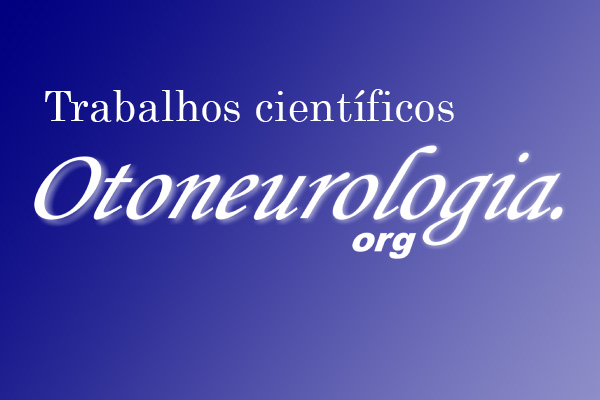Roseli Saraiva Moreira Bittar
Nédison Gomes Paim Alves
César Bertoldo Garcia
ABSTRACT
OBJECTIVE
To establish a functional connection between neck physical evaluations, dizziness discomfort and image findings among subjects diagnosed with proprioceptive cervical dizziness.
METHODS
After exclusion of peripheral vestibular disorders, 20 subjects with proprioceptive cervical dizziness hypothesis were selected. A Visual Analogue Scale (VAS) was used to quantify pain and vertigo. The active neck Range of Motion (ROM) and the Muscle Strength (MS) of the neck region were examined. The manipulation of vertebral bodies by the Maitland method and imaging scan were performed.
RESULTS
A positive correlation between pain and vertigo VAS scores was found. The ROM of the cervical spine was limited and vertebral joint movement was restricted, especially at C3 and C5. No loss of MS was noticed.
CONCLUSIONS
Proprioceptive cervical dizziness is usually an exclusion diagnosis among episodic chronic vertigos. Characteristically, it is reported by patients as instability or vertigo in crises. It is directly related to the neck ache severity and worsens with neck movements. The common pattern on clinical examination includes restriction and pain during neck flexion without loss of MS. Reduction of joint mobility and pain are also observed, especially at C3 and C54 kHz.
Veja o texto completo em: https://www.tinnitusjournal.com/articles/clinical-evaluation-of-neck-in-patients-with-proprioceptive-cervicogenic-dizziness-18980.html




